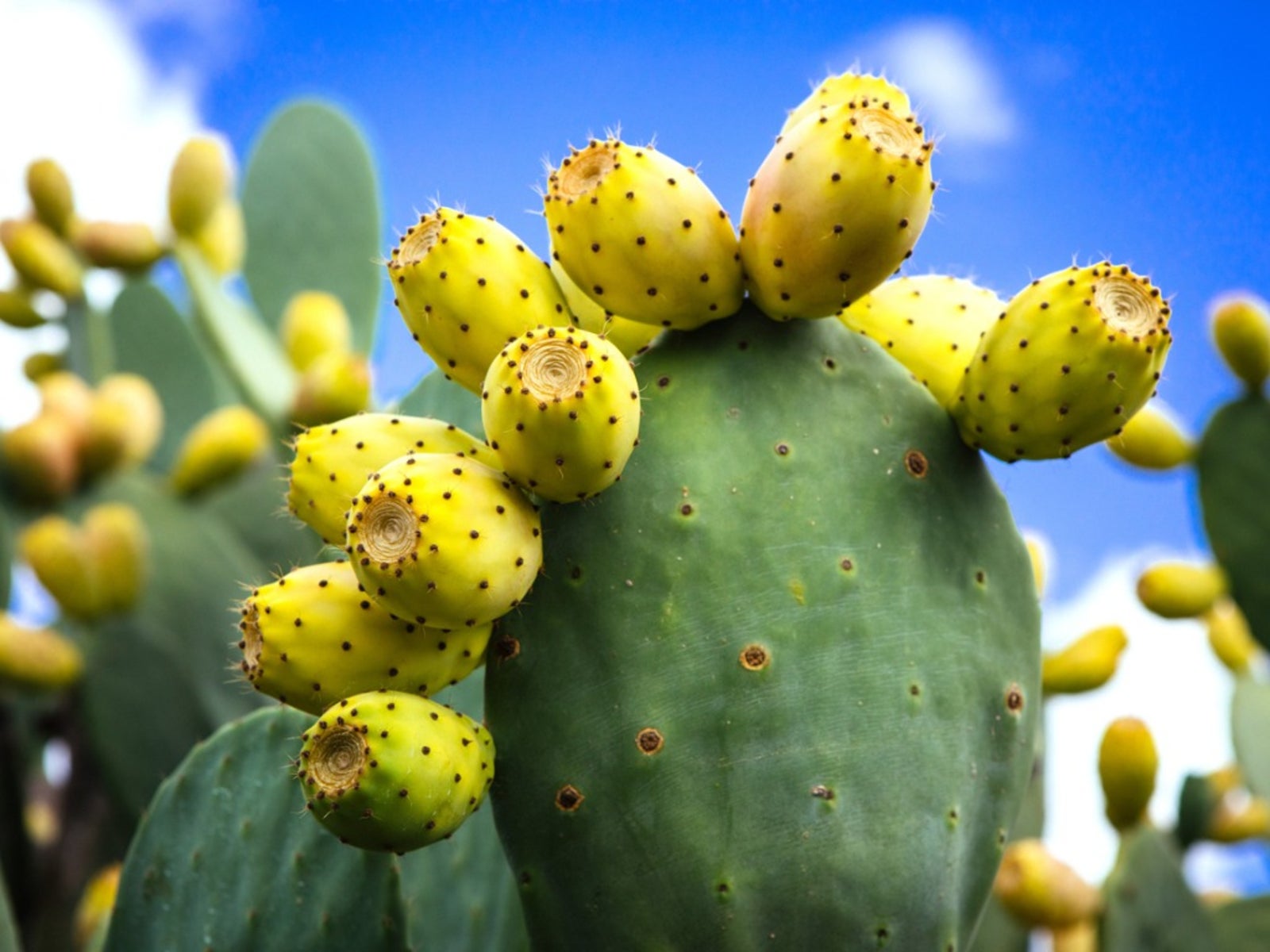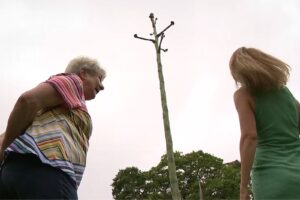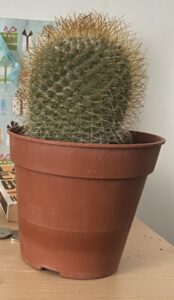Prickly Pear Cactus Wisconsin: Growing and Caring for Prickly Pear Cactus in Wisconsin
Prickly pear cactus, commonly known as Opuntia, is a versatile and resilient plant that has captured the fascination of many gardeners across the United States, including in Wisconsin. This distinctive succulent is known not only for its striking aesthetics but also for its edible pads and fruits, known as pads and ‘tunas,’ respectively. Understanding how to cultivate and care for prickly pear cactus in Wisconsin can transform a conventional garden into an exotic oasis.
Though traditionally associated with arid regions, various species of prickly pear cactus have adapted well to the temperate climate of Wisconsin. While these plants can withstand harsh winters, several critical factors influence their successful growth and potential applications in local gardens.
Understanding the Natural Habitat and Species Selection
Prickly pear cacti are native to the Americas, thriving in diverse environments ranging from deserts to semi-arid regions. Some species, such as Opuntia humifusa, are particularly well-suited to the colder climate found in Wisconsin. These low, sprawling cacti are remarkably hardy, tolerating winter temperatures as low as -30°F (-34°C) when established. When selecting a species, it’s imperative to choose one that is frost-tolerant and capable of thriving within Wisconsin’s USDA hardiness zones, which range from 3b to 5a, depending on the locale.
In addition to Opuntia humifusa, other varieties like Opuntia fragilis are noteworthy for their resilience in colder climates. These species can handle both the winter cold and the warm summers, making them ideal candidates for home gardens.
Soil Requirements: From Preparation to Drainage
Soil condition plays a pivotal role in cultivating prickly pear cacti. The plants prefer well-draining, sandy, and slightly acidic to neutral soils. When preparing the planting site, mix the soil with sand or perlite to enhance drainage. This modification is instrumental, particularly in areas prone to heavy rainfall, as overly saturated soils can lead to root rot—a common ailment that afflicts succulents.
When establishing prickly pear, avoid densely compacted soils that retain moisture. By improving aeration, you create an optimal microbiome for the roots, promoting healthier growth. It’s also beneficial to perform a soil test to determine pH levels and make necessary amendments. Ensuring a balanced nutrient profile lays a foundation for thriving prickly pear cacti.
Optimal Sunlight and Temperature Conditions
Prickly pear cacti are sun-worshippers, requiring ample sunlight for optimal growth. Ideally, these plants should receive between six to eight hours of direct sunlight daily. This exposure not only supports their growth but also enhances the flavor and nutrient quality of the pads and fruits.
Wisconsin’s summer warmth can significantly benefit the prickly pear, as long as the plants are acclimatized gradually to the increased solar intensity. While these cacti are resilient, fluctuations in temperature, particularly sudden cold snaps, can stress the plants. Offering some wind protection and ensuring sufficient mulch during transitional seasons can mitigate the effects of temperature changes.
Watering: A Delicate Balance
Watering prickly pears requires a nuanced approach. In Wisconsin, where fluctuating rainfall patterns are common, it is essential to adjust watering habits accordingly. During the growing season, water these cacti sparingly, allowing the top inch of soil to dry out completely between waterings. Overwatering can lead to detrimental root rot, whereas too little water will stunt growth.
During winter dormancy, significantly reduce watering frequency. These plants require minimal moisture as they conserve energy and nutrients. The key is being observant; the plants will show signs of hydration distress when under-watered, such as shriveling pads.
Pest Management and Pruning Techniques
While prickly pear cacti are generally pest-resistant, occasional afflictions by scale insects and mealybugs may occur. Regular inspections and prompt action, either through manual removal or applications of insecticidal soap, are effective control measures. Additionally, maintaining healthy soil and proper watering practices can prevent pest infestations.
Pruning is another essential aspect of cactus care. It serves multiple purposes, including: enhancing air circulation, preventing disease, and promoting a more appealing aesthetic. Use clean, sharp tools, and wear gloves to avoid needle pricks from the spines. Remove any dead or discolored pads to encourage new, healthy growth.
Harvesting and Using Prickly Pears
One of the most delightful aspects of growing prickly pear cactus lies in the edible pads and fruits. The pads can be harvested when they reach a mature size, typically during the summer months. Prepare them by removing the spines, and consider grilling or sautéing them for a nutritious side dish.
The fruits, or tunas, ripen late in the summer and can be harvested when they turn vibrant red or purple. They are flavorful additions to jellies, salads, or juices. When harvesting, protect your hands from the spiny glochids using gloves or tongs to avoid injury. The sweet flavor and vibrant color of prickly pear fruits make them an attractive ingredient for culinary enthusiasts.
In conclusion, cultivating prickly pear cacti in Wisconsin is not only achievable but can also lead to a gratifying experience. With the right species selection, appropriate soil conditions, and attentive care, these hardy plants can thrive, contributing both beauty and edibility to your garden. Embracing the challenges and rewards of growing prickly pears can transform a simple gardening endeavor into an enriching journey. With patience and proper techniques, your garden could flourish with these remarkable cacti.





Leave a Comment